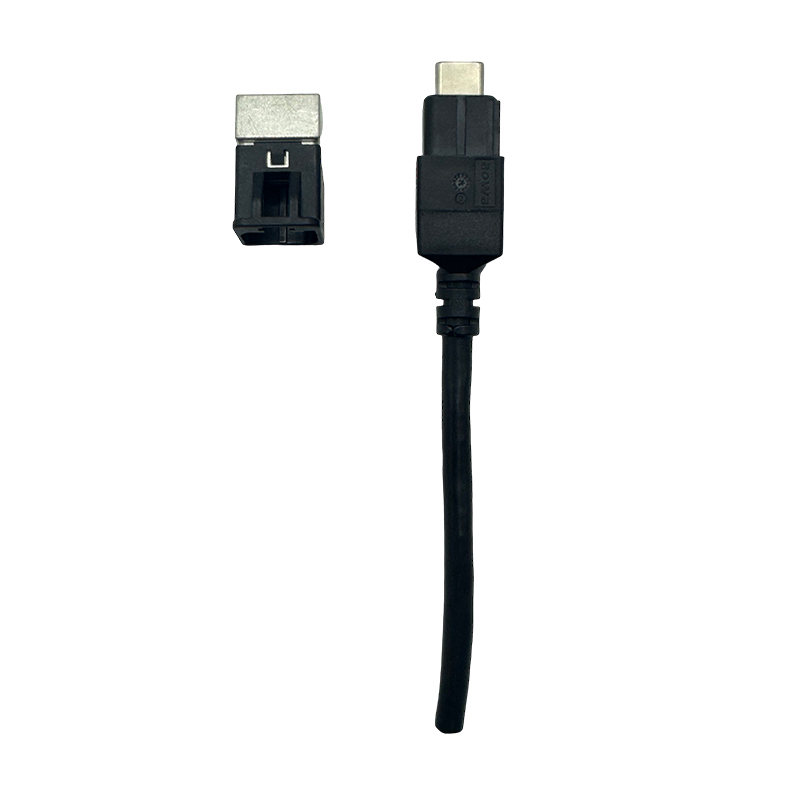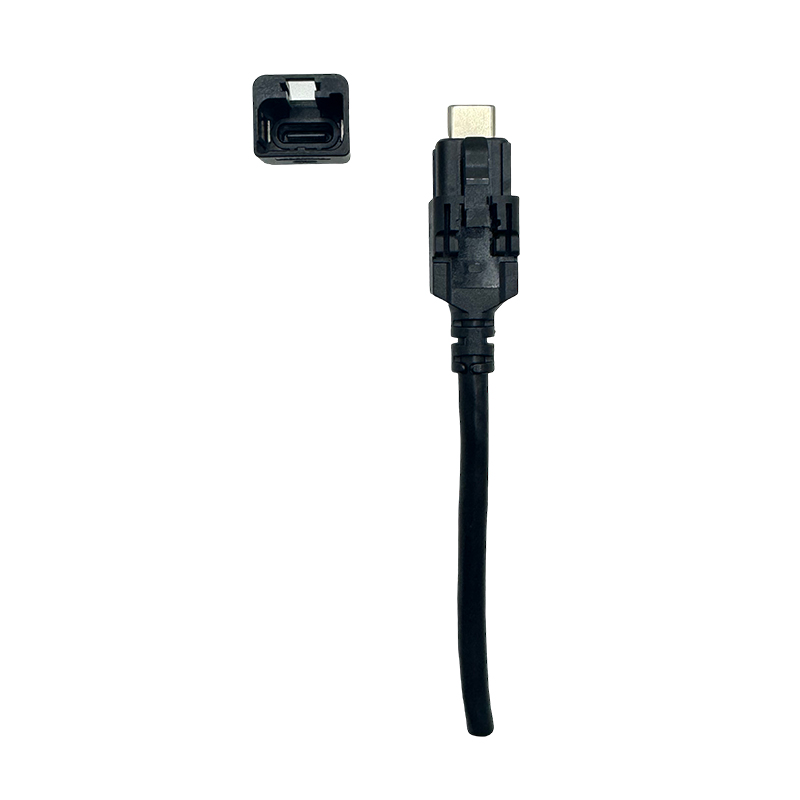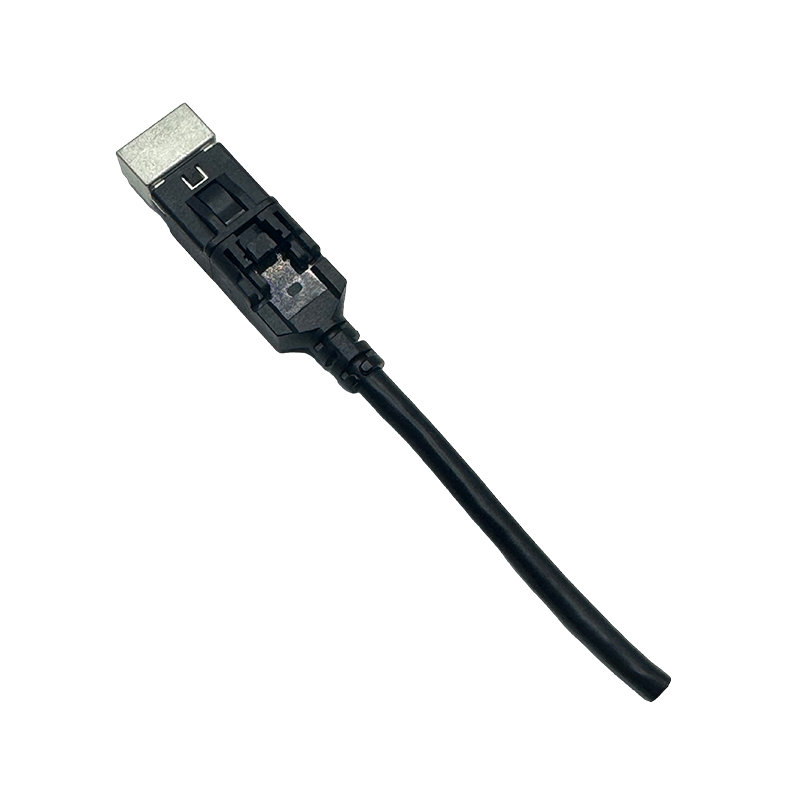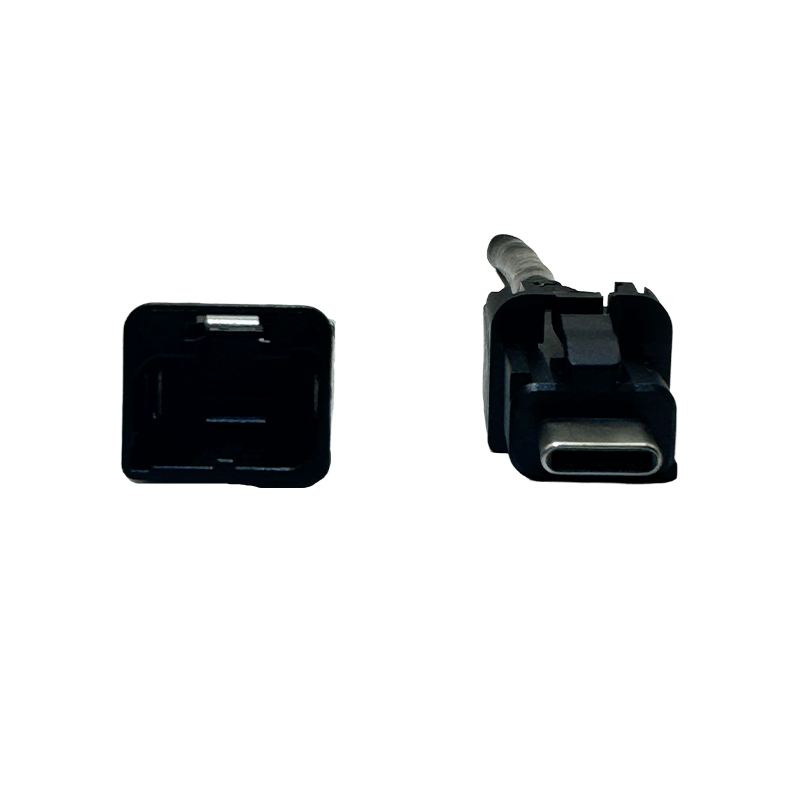Type C USB3.0
Type-C USB 3.0 is widely used in modern electronic devices with its high data transfer rate, double-sided plug-in design and versatility, providing higher user convenience and device compatibility. With the continuous development of technology, Type-C interface is gradually becoming the standard connection method for electronic devices.
Type-C USB 3.0 is a new type of USB interface with many advantages suitable for modern electronic devices. The following are the main features, technical parameters and application areas of Type-C USB 3.0.
Main features
1. Double-sided plug design:
The Type-C interface has a reversible plug design and can be inserted from any direction, which improves the user experience and reduces the trouble when connecting.
2. High-speed data transmission:
The USB 3.0 standard supports data transmission rates up to 5 Gbps, which is suitable for large file transfers and high-bandwidth applications.
3. Power supply capability:
The Type-C interface can support higher power transmission. USB Power Delivery (PD) technology can provide up to 100W (20V/5A) of power, which is suitable for laptops and other high-power devices.
4. Versatility:
In addition to data transmission and power supply, the Type-C interface also supports audio and video output (such as DisplayPort and HDMI) to connect monitors and other external devices.
5. Compatibility:
The Type-C interface is compatible with different versions of the USB standard, such as USB 2.0, USB 3.0, and USB 3.1, ensuring connectivity with a wide range of devices.
Technical Parameters
1. Data Transfer Rate:
USB 3.0: Up to 5 Gbps.
USB 3.1 Gen 1 (same as USB 3.0): Up to 5 Gbps.
USB 3.1 Gen 2: Up to 10 Gbps (also supported by the Type-C interface).
2. Power Supply Capability:
Supports USB Power Delivery, up to 100W (20V/5A).
3. Interface Size:
The Type-C interface measures 8.4mm x 2.6mm, which is small and suitable for modern portable devices.
4. Compatibility:
Type-C is compatible with existing USB standard devices and is suitable for a variety of adapters and adaptors.
Application Areas
1. Smartphones and Tablets:
Most modern smartphones and tablets use the Type-C interface for charging and data transmission.
2. Laptops:
Many new laptops use Type-C ports, providing fast charging and data transfer while connecting to external displays.
3. External storage devices:
External hard drives and USB flash drives are often equipped with Type-C ports to support fast data transfer.
4. Monitors and projectors:
Type-C ports that support video output can be connected to monitors and projectors for presentations and multimedia playback.
5. Audio devices:
Some high-end headphones and audio devices use Type-C ports to provide digital audio transmission.
6. Automotive electronics:
Modern cars are beginning to integrate Type-C ports for in-car charging and data connections.




